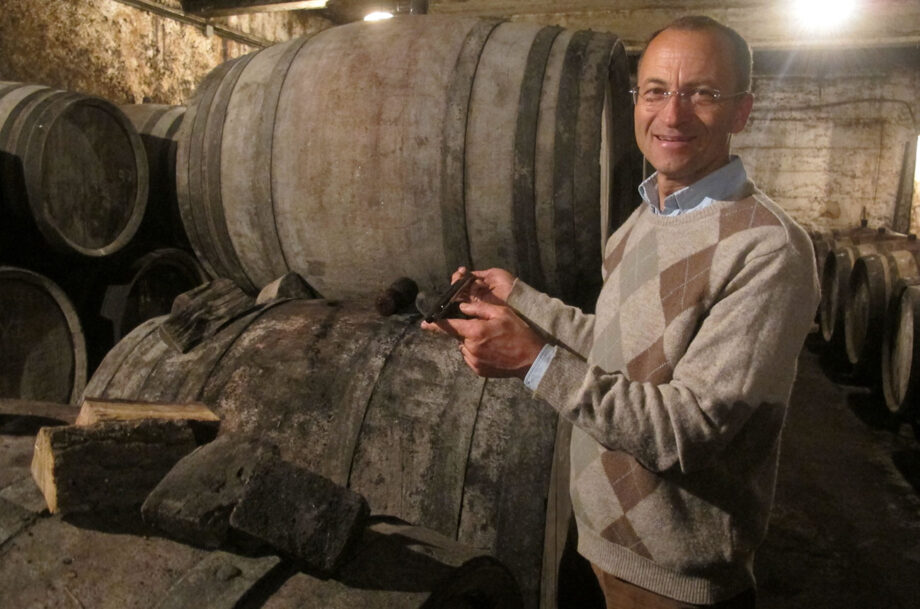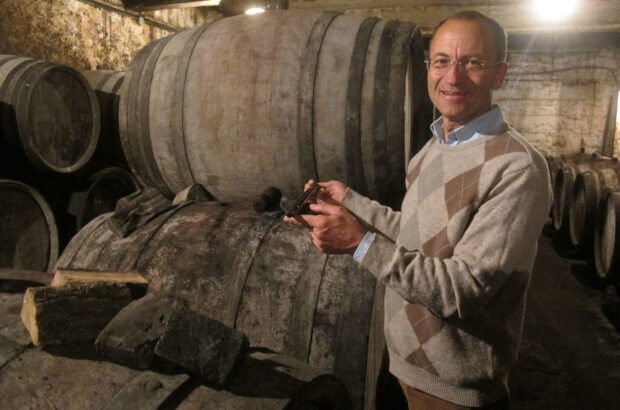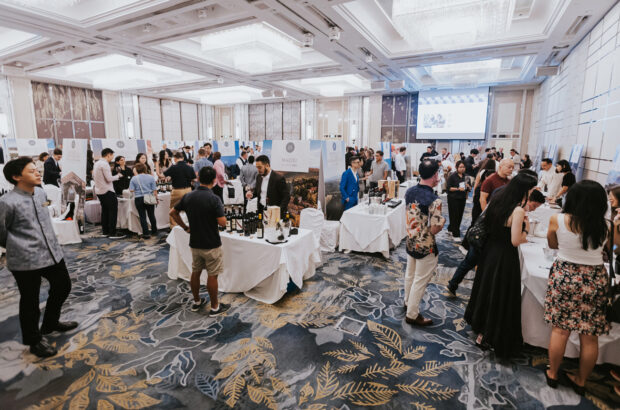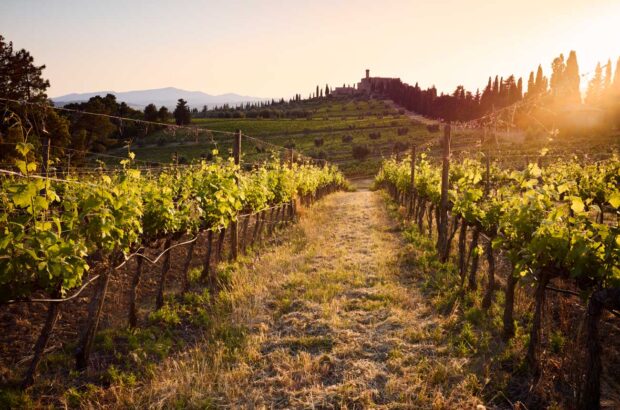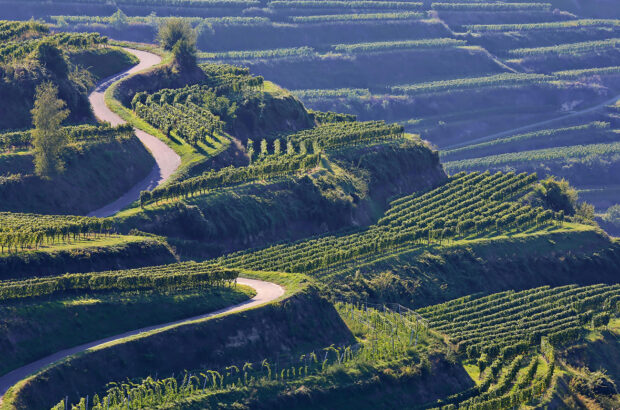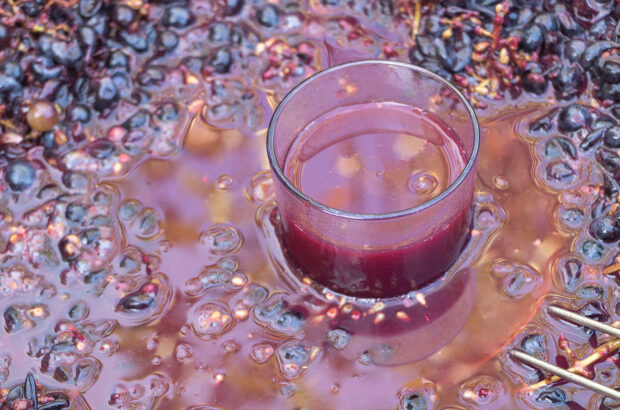Early years at Château des Tours
Emmanuel spent his early winemaking career in Sarrians at the family’s Vacqueyras estate, Château des Tours.
This property was obtained by Emmanuel’s grandfather Louis Reynaud in the 1930s, who had entrusted it to Emmanuel’s father, Bertrand Reynaud, who in turn handed it to Emmanuel.
Emmanuel helped build the winery at Château des Tours in 1989; until then, the fruit was delivered to a local co-operative.
It was at Château des Tours that he made his first wines and honed his style.
Taking on Rayas and Fonsalette
During this time, the family’s Châteauneuf-du-Pape estate, Château Rayas, was managed by Emmanuel’s uncle, Jacques Reynaud.
Following Jacques’ sudden death in 1997, Château Rayas, and the family’s other property, Château de Fonsalette (located further north in the village of Lagarde-Paréol), were passed down to Emmanuel. He continued to manage Château des Tours alongside them.
Emmanuel was a discreet man who prioritised the close management of his three estates over travelling the world to promote his wines. He didn’t have to: the world came to him. Or at least it tried to; securing a visit at Château Rayas has always been notoriously difficult.
Emmanuel didn’t tolerate lateness and he didn’t suffer fools gladly. But he could be welcoming to those learning the profession.
I remember the first time I visited Emmanuel at Rayas. During the first half of the visit he was combative, asking pointed questions about my motivation for visiting and my understanding of the Rhône. Once I had passed the test – and it did feel like a test – he was cheerful and friendly. From that point on he was always welcoming.
An inimitable style
Emmanuel stamped his unmistakable winemaking signature across all of his wines, and winemakers around the world have cited him as an inspiration. Especially those working with Grenache, the most important grape variety in all of his three estates.
Although much imitated, Emmanuel’s style has never been truly mastered by anyone else; it remains unique in the world of wine. So much so, his wines can often be identified by their aroma alone – an ineffable perfume combining strawberries, honey, rose petals, mint and dried herbs.
No wonder they became so keenly sought after, fetching some of the highest prices for Rhône wines at auction.
They might be easy to identify, but quite how he achieved such heights is less clear. He was always the last to pick in Châteauneuf-du-Pape, favouring very ripe grapes, and liked to wait until after the rain before harvesting. He extracted very lightly and never used new oak. But he wisely kept his biggest secrets to himself.
Rayas has always been a mysterious estate. Emmanuel helped to perpetuate the legend – and the quality.
The Decanter team sends its condolences to his wife and children.


